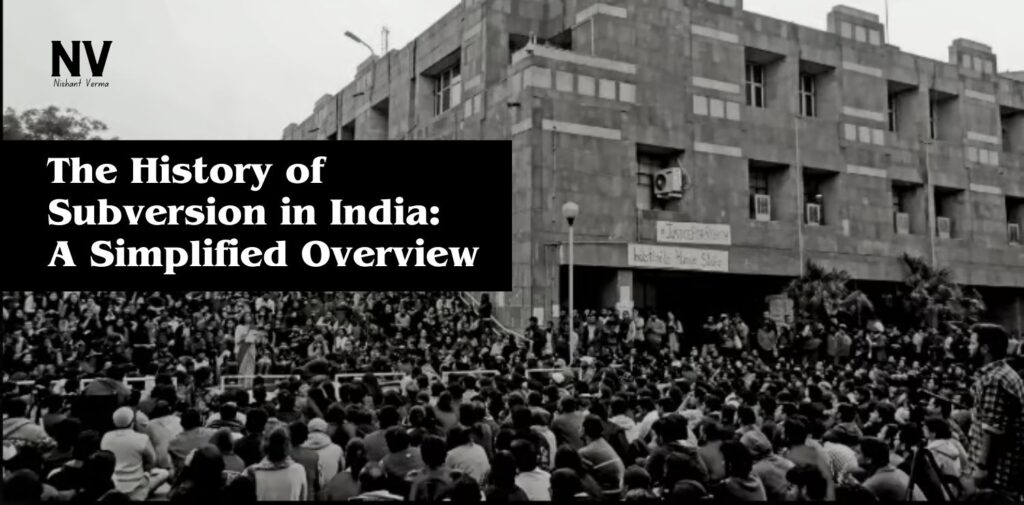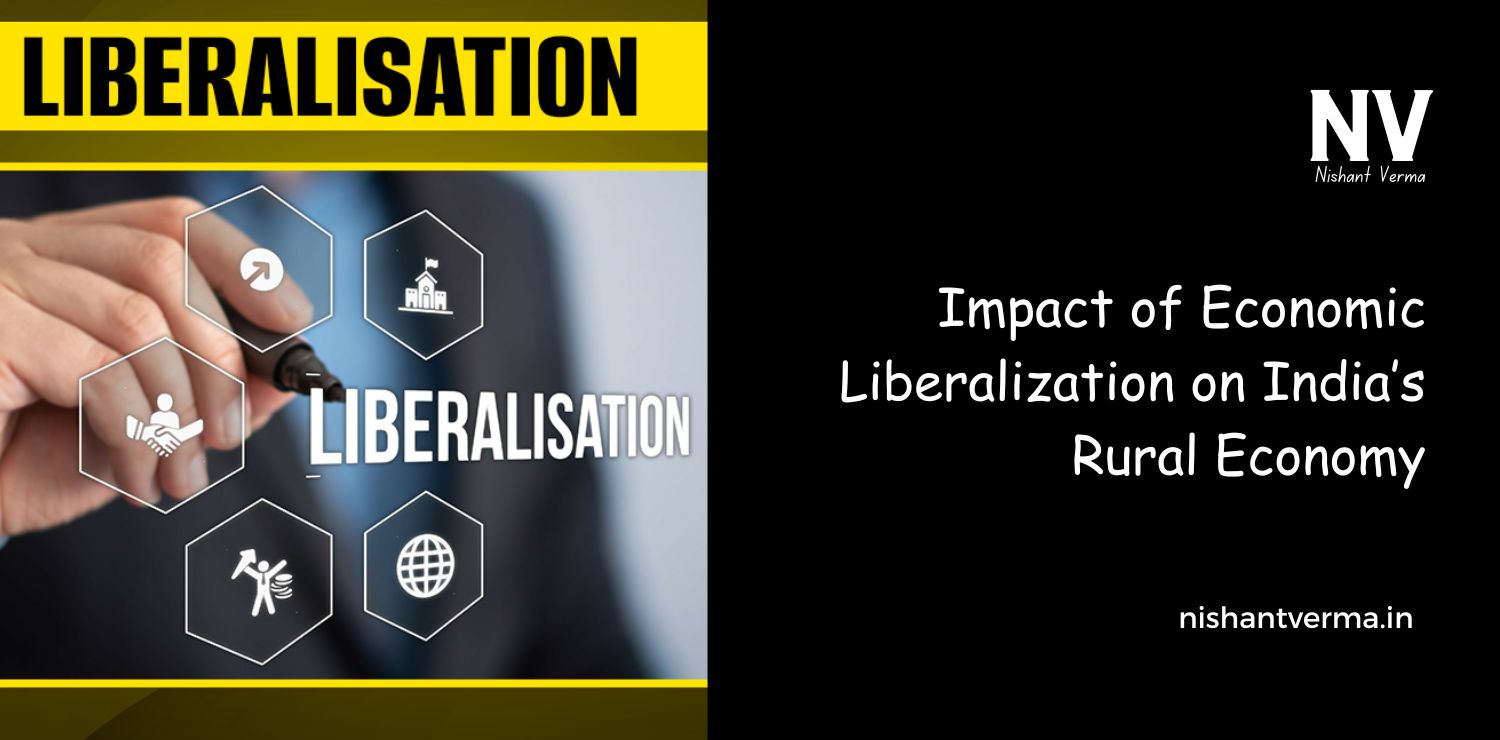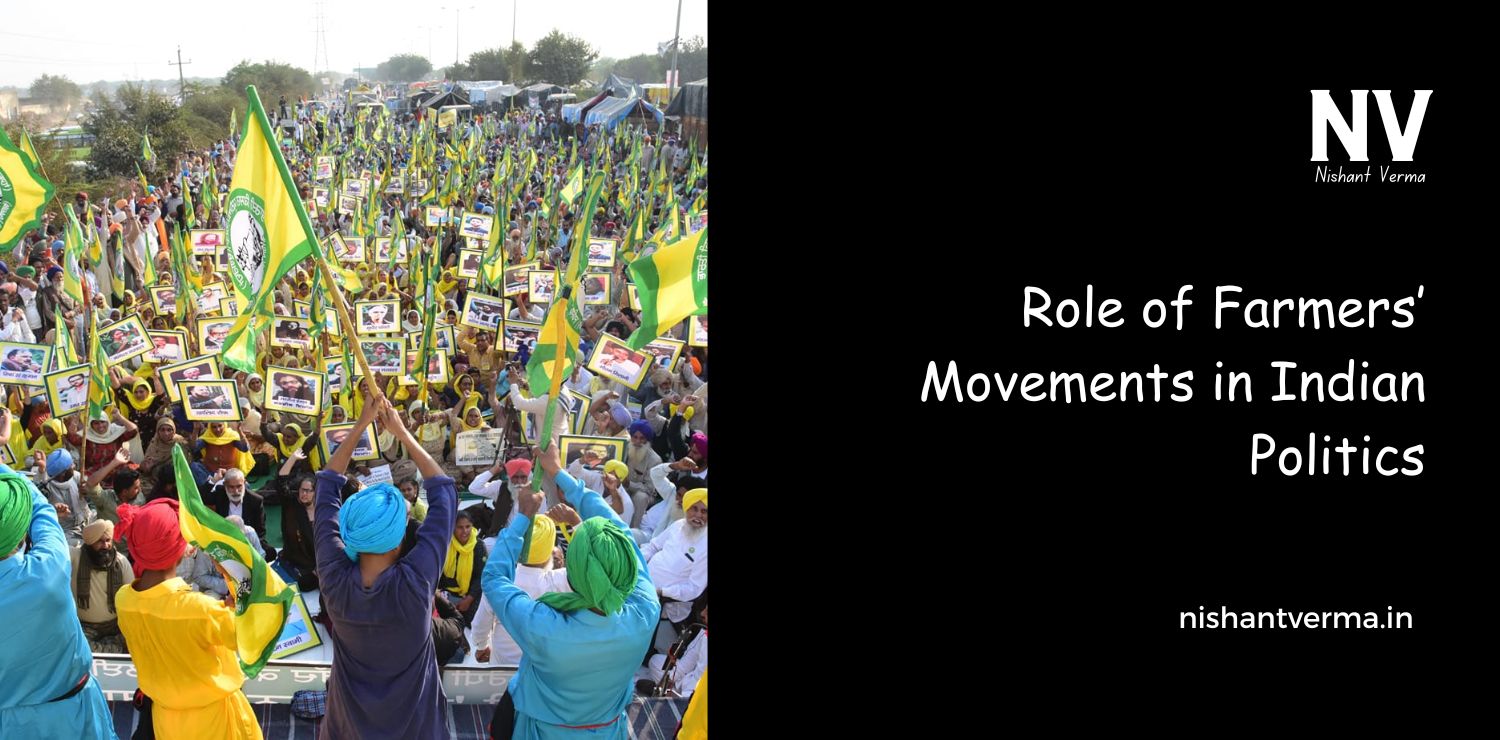Subversion, in a political context, refers to efforts to undermine the power and authority of an established system. In India, subversion has taken many forms over the past century, from ideological influences to manipulation of historical narratives and socio-political movements. The roots of subversion in India can be traced back to the colonial era, which continued through post-independence years and was heavily influenced by both internal and external forces.
Colonial Roots of Subversion in India
The history of subversion in India began during the British colonial period. The British strategically used the divide-and-rule policy to create divisions among various communities in India. This policy not only pitted different regions and communities against each other but also laid the foundation for religious and social unrest that persisted even after independence.
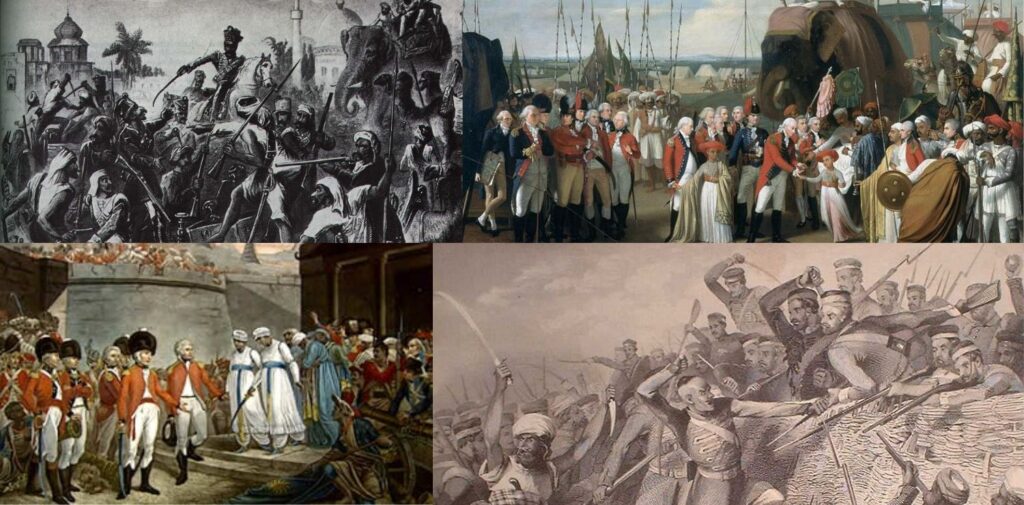
During this period, there were multiple efforts to suppress native political voices and cultural identity. British historians and scholars like James Mill and Lord Macaulay often presented a distorted image of Indian history to justify colonial rule. The portrayal of Indian society as chaotic and needing the “civilizing” influence of British rule was a form of ideological subversion aimed at controlling the narrative and undermining Indigenous self-confidence.
Post-Independence Subversion: Ideological and Political Shifts
After independence in 1947, India faced new forms of subversion, especially ideological influences that sought to reshape the country’s socio-political fabric. One of the most significant influences was the spread of Marxist ideology in educational and intellectual circles. This ideological shift began during the 1960s and 70s when Marxist scholars and historians became prominent in Indian academia.
Marxist Influence on Historical Narratives.
The subversion of Indian history by Marxist historians has been a contentious issue. Scholars like Romila Thapar, Bipan Chandra, and others are often accused of presenting a skewed version of Indian history that downplayed India’s cultural heritage and glorified foreign influences. These historians are criticized for distorting facts and promoting an anti-nationalist narrative. This rewriting of history created a generational shift in understanding India’s past, where students and young minds were influenced to view Indian civilization through a colonial or Marxist lens.
For instance, the portrayal of Mughal rulers as benevolent and secular while ignoring their acts of aggression and religious persecution is often cited as an example of this subversion. Similarly, the glorification of left-wing movements and leaders while minimizing or ignoring the contributions of nationalist figures has been a major point of contention.
The Role of Communism and Left-Wing Movements
Communist subversion in India has had a long and complicated history. From the 1920s onwards, Communist parties and movements sought to influence Indian politics and labor unions. The Communist Party of India (CPI) and its offshoots aimed to create a socialist state, often in direct opposition to the policies of the Indian National Congress and other political groups.
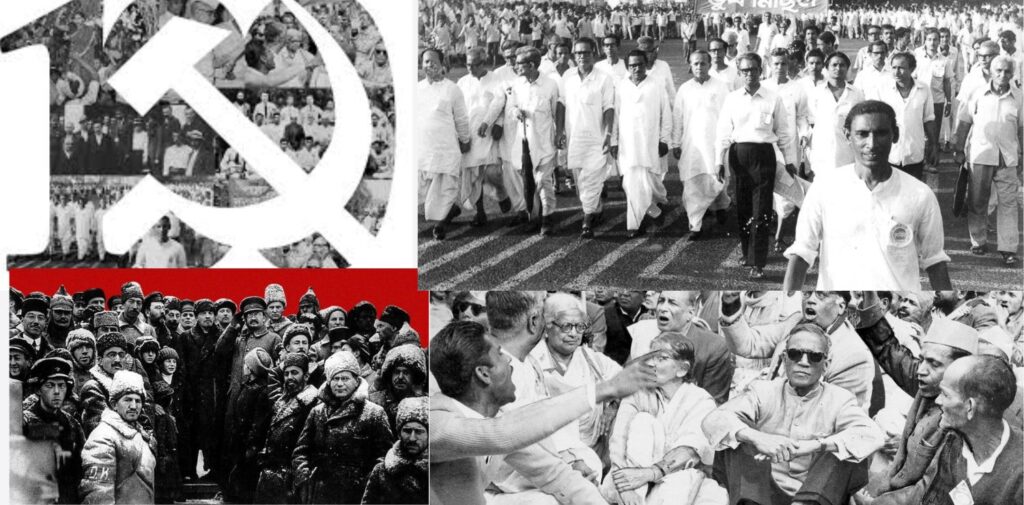
The Communist ideology was instrumental in forming student unions, trade unions, and even militant movements like the Naxalite insurgency. These movements were often inspired by Maoist principles and sought to overthrow the Indian state through armed struggle. States like West Bengal, Kerala, and Tripura became strongholds of Communist parties, which had a significant impact on their political and social dynamics.
Subversion through Cultural and Religious Manipulation
Subversion in India has not been limited to political and ideological spheres. Cultural subversion has been another area of concern, where efforts are made to undermine the traditional values and cultural ethos of the country. For example, many post-independence art forms and literature have been criticized for promoting an anti-establishment, anti-nationalist agenda.
There have also been instances of religious subversion. External agencies and organizations have been accused of promoting conversions and encouraging sectarian divisions under the guise of social service and education. The conversion campaigns and the targeting of tribal and backward communities have created tensions and conflicts in many parts of India.
Media and Academic Subversion
The media and academic institutions play a crucial role in shaping public opinion. In India, certain sections of the media and academia have been accused of subversion by promoting narratives that challenge the unity and integrity of the country. For example, issues like the Kashmir conflict, Naxalite movements, and separatist tendencies in the North East are sometimes portrayed in a manner that legitimizes anti-national elements or questions the state’s authority.
Additionally, Western scholars and journalists have often presented a biased view of India, focusing on poverty, corruption, and religious conflicts while ignoring the country’s achievements and progress. This portrayal creates a distorted global image of India, which can influence international perceptions and policy decisions.
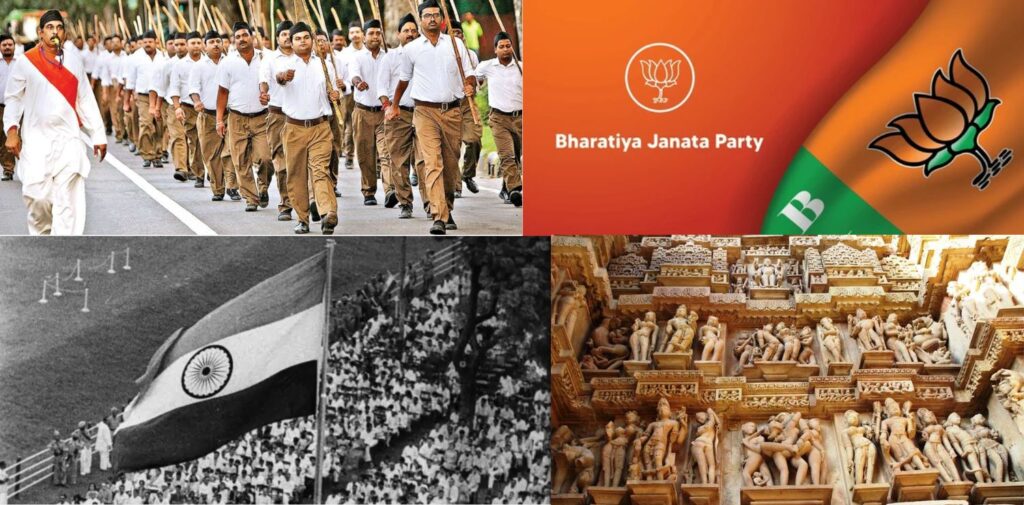
Combating Subversion: The Role of Nationalist Movements
In response to these subversive forces, various nationalist movements and organizations have emerged over the years to protect and promote India’s cultural and national identity. Organizations like the Rashtriya Swayamsevak Sangh (RSS), the Bharatiya Janata Party (BJP), and other cultural groups have worked to counteract these subversive influences by promoting a narrative that highlights India’s ancient heritage, spiritual values, and contributions to the world.
Conclusion: The Need for Vigilance and Awareness
Subversion in India has taken many forms over the years, from ideological manipulation to media narratives and cultural distortions. Understanding the history of subversion and being aware of its impact is crucial for safeguarding India’s integrity and sovereignty. While the country has made significant progress in combating these influences, the challenges persist, and a continuous effort is needed to protect the nation’s interests.
India’s story is one of resilience and strength. Despite the efforts to undermine its unity and stability, the country has continued to thrive and progress. By fostering a sense of national pride and encouraging critical thinking, India can effectively counter these subversive elements and build a stronger, more cohesive society.

